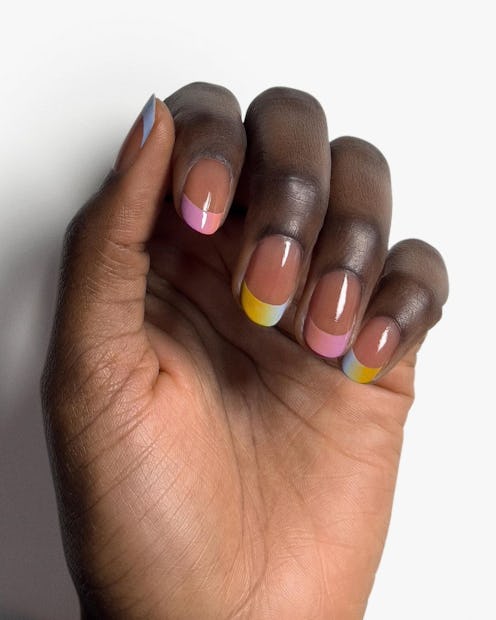(Nails)
Nail Slugging Is The Viral TikTok Beauty Trend Worth Trying
No more mangled cuticles.

Beauty trends are like Marvel movies — if one’s a hit, expect every possible iteration of it to pop up at some point. And with skin care practices as reliable as slugging, a million different versions and applications are more than welcome. Since the K-beauty phenomenon took the internet by storm, the world has also been introduced to body slugging and even hair slugging. The latest and greatest in slug world? Nail slugging — and it might be the most effective DIY treatment you’ll try all year.
Conceptually, nail slugging is just like any other kind. Emilie Heathe founder Emily H. Rudman suggests first “applying cuticle oil, followed up with cuticle cream for an additional layer of moisture.” After nourishing the area with moisturizer, serums, and/or oils, lock in the added hydration by sealing it with an occlusive like petroleum jelly. While nearly every area on the body can benefit from slugging, but parched, brittle cuticles seem to especially drink it in.
Crucially, nail slugging isn’t just covering the entire nail bed in hydration then slathering some Vaseline over top. The key here is to focus on the cuticle, the area that protects (and promotes) new nail growth. By keeping the cuticles moisturized, healthy, and neat, even totally bare nails can look freshly manicured. Because this practice is all about the cuticle, you can opt for any area-friendly oil or cream you want — scented, unscented, vitamin E, shea butter, and the like. As long as it’s sealed with that all-important layer of petroleum jelly, you’re safely slugging with the best of ‘em.
With cooler temperatures on the horizon, dry cuticles are inevitable. Get ahead of this seasonal side effect by building your own nail slugging starter pack with the following products.
The Best Products For Nail Slugging
This article was originally published on